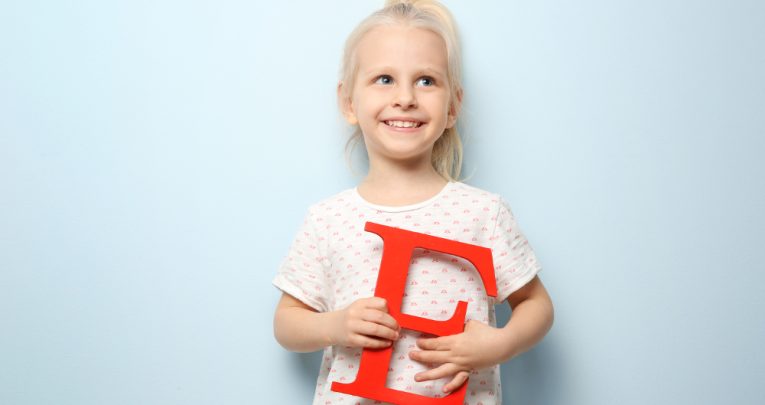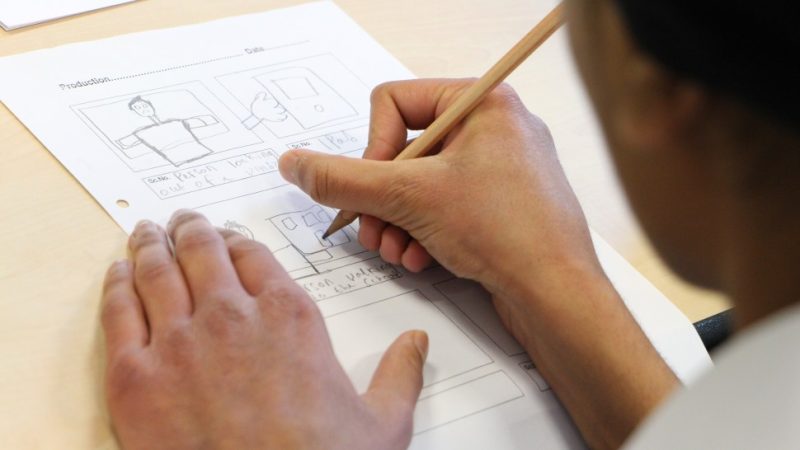Eight Ways Language Enriches Emotions, Knowledge And Learning In EYFS

Children’s ability to express their emotions and knowledge, understand instructions and forms relationships is a key part of their development, explains Kathy Brodie…

- by Kathy Brodie

How children use language, and how their skills in this aspect of learning develop, is a fascinating topic in its own right; however, language also enriches other areas of children’s learning and development, while giving us valuable insights into their thinking and feelings.
When children describe how they’ve solved a problem – be it building a den or resolving a conflict – their reasoning is also uncovered. As their language improves, they become able to express their feelings, explain their needs and preferences, and begin to demonstrate their growing sense of self.
And there are advantages that are less immediately obvious; for example, when children’s level of language means they’re able to follow instructions confidently, this can result in better understanding of expected behaviour and safer physical activities.
Here are eight ways in which language’s influence extends across the EYFS.
1. Social skills
Social interactions often have a large language element, so children who have better language skills can become more socially adept more quickly. This may start with the ability to introduce themselves, but can extend to more complex social situations such as negotiating rules for a game or choosing toys to play with. As children’s language develops, they will start to use humour, telling jokes and playing with language – for example, making up ‘nonsense’ words intentionally – further benefiting social skills.
2. Emotional impact
Language can have a significant impact on children’s emotional development. Children will experience a range of emotions during the course of the day; if they’re able to express these emotions effectively, it can reduce their own frustrations, encourage good social interactions and help practitioners support children’s wellbeing by being aware of their feelings. It also means children can comfort others and explain their awareness of others’ feelings.
3. Growing confidence
Children’s self-confidence and growing self-awareness are often demonstrated through their use of language. For example, children may be confident enough to talk during group time or with unfamiliar adults. They may be more confident to ask practitioners for help. As their self-awareness grows, they may also talk about their own abilities and describe similarities and differences between themselves and their peers.
4. Describing the world
Observing how children use language to describe the world around them is one way of understanding their thought processes. How they describe a seed growing will show their knowledge of the process involved and the environment needed. Sometimes the way children describe the world offers insights into misconceptions, especially where language is ambiguous. For example, a child may be confused if you ask him/her to ‘duck’ if he/she doesn’t know that ‘duck’ means to bend down, as well as a type of water bird!
5. Talking maths
Assessing children’s mathematical development relies on listening to their use of language to describe abstract concepts: describing the passage of time requires good vocabulary about the days of the week or ideas such as yesterday, today and tomorrow; vocabulary is needed to name numbers and 2D/3D shapes. But children also need to understand specific mathematical language, for example, ‘one more’, ‘sharing’ or ‘counting in twos’. Using specialist mathematical language with children is likely to improve their understanding of mathematical concepts.
6. Creative learning
Children can demonstrate creativity in many ways, from dancing to model-making. Secure language development complements many of these activities. For example, role-play with other children will be much richer when they can discuss confidently who is going to be playing what role and the play as it unfolds. Explanations of models can be even more creative than the sculptures in front of you. Creativity can be explored through language itself in poetry, storytelling and descriptions.
7. Culture and community
The language particular to a geographical area, including dialect words and accents, is a large part of cultural identity and helps to establish a sense of community with children. Celebrating and supporting this appropriately – for example, having songs and stories that are special to the area, or which have particular regional variations – gives children a sense of belonging and place. Valuing local culture also provides opportunities to strengthen parent partnerships: ask mums and dads to share stories or songs they know.
Reading and writing
Language lays the foundations for future literacy in a multitude of ways:
- Sequencing language helps children understand that stories have a beginning, middle and end
- Repeated refrains in songs and rhymes give children an awareness of similarities in spoken phrases, ready to translate into letters and writing
- Imaginative and descriptive vocabulary usually precedes inventive and creative writing
- Talking about characters, their feelings, motivations and personalities helps children to deduce the inferred elements of stories and narratives.
Kathy Brodie is an Early Years Professional and trainer based in East Cheshire. Kathy has worked in both nurseries and schools, and today specialises in the Early Years Foundation Stage and special educational needs. For more information, visit kathybrodie.com and follow her on Twitter at @kathybrodie.










